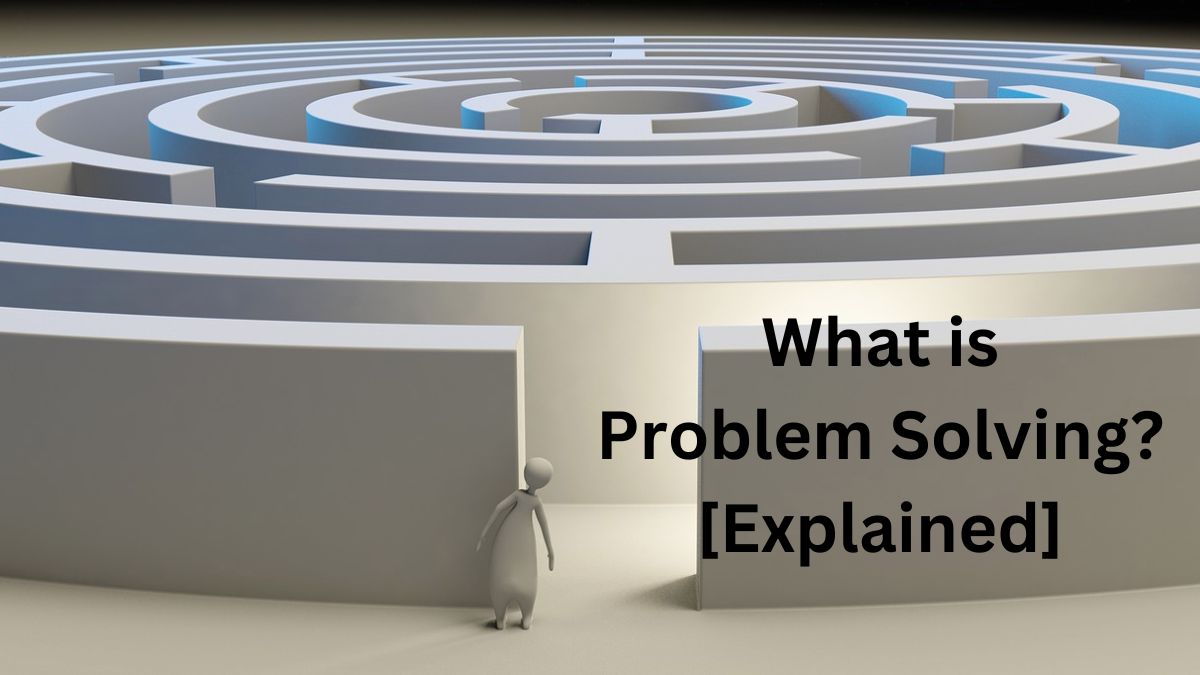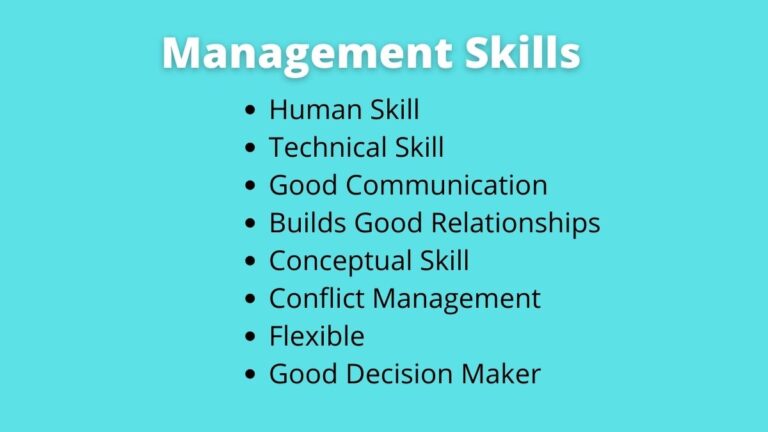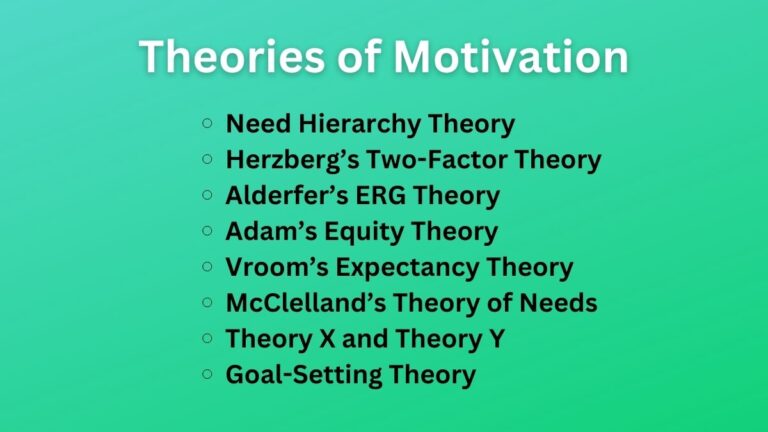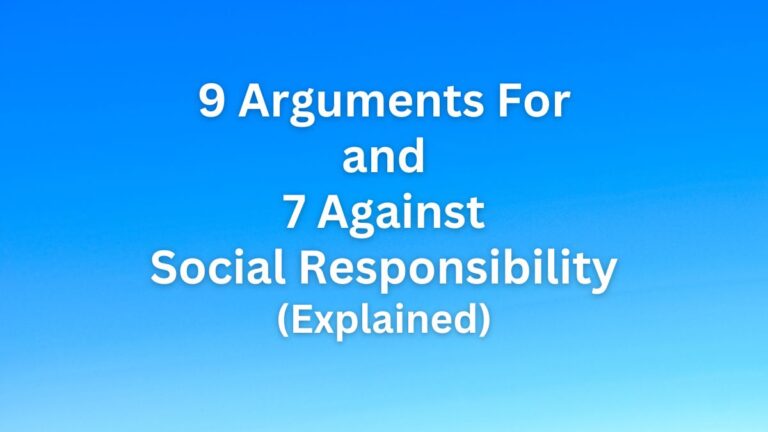What is Problem Solving? Definition, Types, and Strategies To Solve
What is Problem Solving?
Problem-solving is the process of identifying the problem, its intensity, and its causes and finding the most suitable solutions for it from available alternatives. It is an art of decision-making.
Problems should be solved as soon as possible so that the wastage of raw materials, time, and other resources can be minimized at the maximum intent.
The ability of a manager to anticipate problems and recognize them in advance serves as a measure of their effectiveness.
What is a Problem?
An obstacle or challenge present in a scenario can be referred to as a problem. It shows a perceived discrepancy between what is and what ought to be. It involves separating the intended situation from the real circumstance.
For instance, there is a difficulty in the production process if the production per unit plant is anticipated to produce 100 units per day but is only generating 80 units.
A production facility, raw material, method, or properly trained human resources may be the root of the issue. Managers have a responsibility to pinpoint the issue, its severity, and the root causes of the issue.
In other words, a problem is viewed as a question that needs to be addressed at different stages of management. Managers’ effectiveness is evaluated based on their capacity for problem-solving.
Problems come in many types or forms. Managers need to know how to recognize issues and their roots of them. The most urgent problems should always come first for managers.
High rates of waste, low productivity, a lack of labor and other resources, technological issues, issues with human resources, etc. are common concerns for businesses. Considerable talents are needed for problem-solving.
Types of Problems in Organization
There can be various types of problems in an organization. Managers should understand them, their causes, and their probable effect on the organization. Problems can be classified on various basis as below:
On the Basis of Frequency
On the basis of the frequency of reoccurrence, problems can be divided into two types – routine and exceptional problems.
- Routine Problems – These problems occur on a regular basis. Such problems are also known as well-structured problems. They can be foreseen and can be solved through established rules, policies, and procedures.
- Exceptional Problems – Problems that occur occasionally and exceptionally are known as exceptional problems. These problems can not be foreseen and solved by established rules and procedures. Managers need to use their intuition, experience, and judgment to solve exceptional problems.
Related: Types of Decisions in Organization
On the Basis of Time Frame
On the basis of the time frame of the effects, problems can be of three types. They are:
- Short-Term Problems – If the effect of the problem can be removed quickly then the problems are called short-term problems. Such problems can be on a daily basis like absenteeism of employees, short-term load shedding, breakdown of machinery, etc.
- Medium-Term Problems – If the effect of the problem takes some time to solve, then they are called medium-term problems. Such problems may be in process, termination of employees, damage of machinery, etc. They may be more serious than short-term problems and take more time to solve.
- Long-Term Problems – If the effects of the problem remain for a long time, then the problems are called long-term problems. Such problems may bring serious situations or even questions about the existence of the organization. These problems need to be solved with due care with the consultation of senior management.
On the Basis of Impact
On the basis of the impact of problems on organizational activities, there are also two types.
- Partial Impact Problems – If the impact of the problems remains only in one or few departments or units or parts of the organization, the problem is called a partial impact problem.
- Overall Impact Problems – If the impact of the problem remains on the overall organization, then the problems are called the overall impact problems. Problems regarding goals, objectives, directives, or policies of any organization affect all departments, units, and branches. Such problems normally affect all parts at the same rate.
On the Basis of Urgency
On the basis of urgency of solving the problem, there are two types.
- Urgent Problems – If the problems need to be solved very quickly, such problems are called urgent problems. Defects in machinery, imports of raw materials, absenteeism of employees, and high turnover of employees need to be solved immediately. These are urgent problems.
- Non-Urgent Problems – For non-urgent problems managers delay finding the solutions. They may call several meetings with superiors and subordinates, may get the advice of experts, and may consult with a legal advisor before coming to a conclusion.
On the Basis of the Source of the Problem
- Technical Problem – If the problems are created because of mechanical reasons they are called technical problems. Such problems need to be solved immediately.
- Human Problem – All the problems generated by human resources during the work done are called human problems. They are the results of human negligence or incapability. Such problems can be solved through training and performance appraisal management.
- Environmental Problem – Some problems may arise due to environmental changes or factors. Such problems are called environmental problems. They are normally out of the control of the management team.
Related: Process of Decision Making
Problem-Solving Strategies
Managers should solve the problems arising in the organization. They must have adequate skills for analyzing the problems.
To do so, problems should be defined clearly, and find all potential ways to remove those causes and problems. The following points are important for problem-solving that is equal to strategies.
- To identify the real situation of the problem, the person should be separated from the problem. If anybody makes a mistake, it should not take personally.
- All types of problems should carefully be listened to by the managers. They should not dismiss the complaints and rumors.
- To solve the problem managers need to get as much information as possible.
- It is most important to develop potential alternatives to solve the problem effectively and efficiently.
- Managers should decide what to do with the problem. They should try to make an agreement and understanding with the involved parties.
- Managers should define who will be responsible for each phase of the process. For this, they should create accountability.
- They must monitor the process of performance. They should be flexible and open to making adjustments as required to accomplish the objectives.
- Managers must be sure to recognize the contribution of those who are involved in resolving problems. They should give credit where it is due.
Sajan Kushmi is a content writer with more than 4 years of experience. He holds BIM Degree. He write on the topics related to Management, Marketing, and Entrepreneurship.






